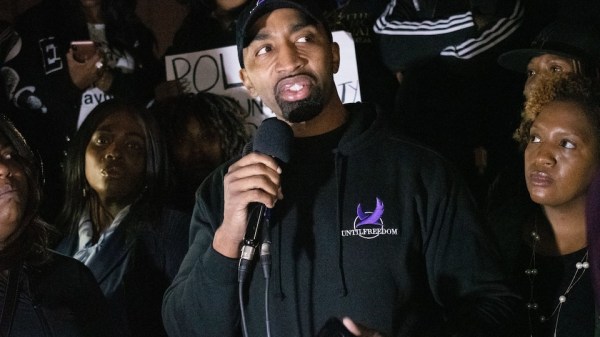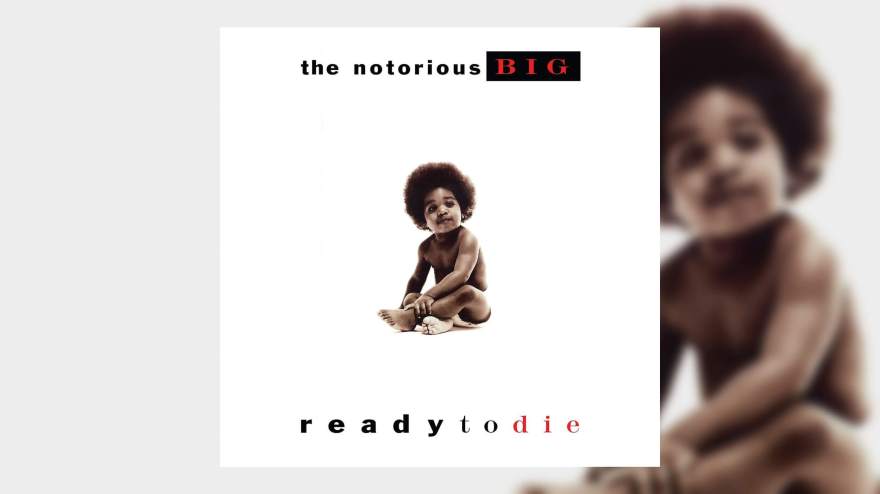Videos by According2HipHop
In the annals of hip-hop history, few albums have left as indelible a mark as The Notorious B.I.G.’s debut masterpiece, “Ready to Die.” Released on September 13, 1994, on Bad Boy Records, this iconic record catapulted Biggie Smalls to superstardom and reshaped the rap landscape with its raw lyricism, captivating storytelling, and unparalleled authenticity. More than two decades after its release, “Ready to Die” remains a seminal work that continues influencing and inspiring generations of hip-hop artists and fans.
Born Christopher Wallace in Brooklyn, New York, The Notorious B.I.G. emerged from the gritty streets of Bedford-Stuyvesant to become one of the most celebrated and influential rappers in history. His talent was evident from a young age, and he honed his skills by participating in local rap battles and freestyle sessions.
Biggie’s journey to stardom began when he caught the attention of Sean “Puff Daddy” Combs, who signed him to Bad Boy Records in the early ’90s. This pivotal moment set the stage for creating “Ready to Die,” a groundbreaking album showcasing Biggie’s lyrical prowess and storytelling abilities.
“Ready to Die” is more than just an album; it’s a vivid exploration of the life and struggles of a young Black man growing up in the heart of Brooklyn. Biggie’s storytelling abilities shine throughout the record as he invites listeners into his world of crime, poverty, and personal introspection.
The album opens with “Things Done Changed,” setting the tone for the stark reality that permeates its entirety. Tracks like “Gimme the Loot” and “Machine Gun Funk” provide a gritty, unfiltered glimpse into the harsh realities of street life, while “Juicy” and “Big Poppa” showcase Biggie’s aspirations for a better life.
Biggie’s uncanny ability to blend street tales with introspective storytelling reached its zenith in “Suicidal Thoughts,” a haunting track where he contemplates the weight of his sins and the possibility of ending it all. The juxtaposition of these tracks highlights the complexity of his character and the authenticity that set him apart in the rap game.
The musical landscape of “Ready to Die” was just as revolutionary as its lyrical content. Biggie, alongside a team of visionary producers, crafted a sonic masterpiece that melded soulful samples, hypnotic beats, and Biggie’s distinct flow. Tracks like “Everyday Struggle” and “The What” (featuring Method Man) are testaments to the album’s exceptional production value, which set a new standard for hip-hop at the time.
“Ready to Die” was a commercial success, debuting at number 15 on the Billboard 200 chart and eventually earning platinum certification. More importantly, it solidified The Notorious B.I.G.’s status as a hip-hop legend and earned him critical acclaim. The album was lauded for its honest portrayal of urban life and its ability to transcend the confines of the genre.
Sadly, Biggie’s life was cut short when he was tragically murdered in a drive-by shooting on March 9, 1997, at 24. Despite his untimely death, his legacy lives on through his music, mainly through “Ready to Die.”
Countless artists, from Jay-Z to Kendrick Lamar, have cited Biggie as a significant influence, and his impact on the genre is immeasurable. His storytelling prowess, intricate rhyme schemes, and unparalleled charisma continue to resonate with hip-hop enthusiasts of all generations.
“Ready to Die” is not merely an album; it’s a cultural touchstone that continues to captivate audiences worldwide. The Notorious B.I.G.’s debut masterpiece transcends the boundaries of time and genre, proving that great music, especially hip-hop, is timeless. As we reflect on this iconic album, we celebrate the enduring legacy of one of the greatest lyricists in the history of rap and the album that introduced the world to the inimitable voice of The Notorious B.I.G.





















